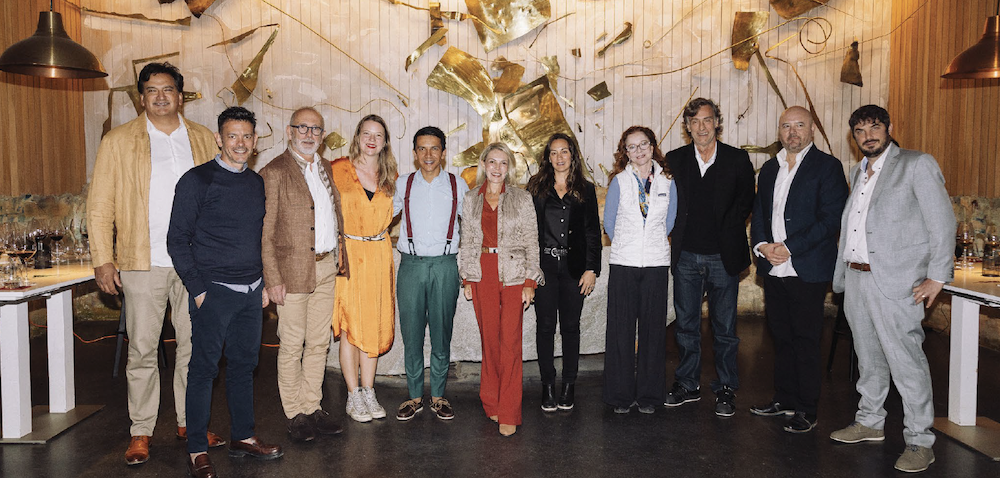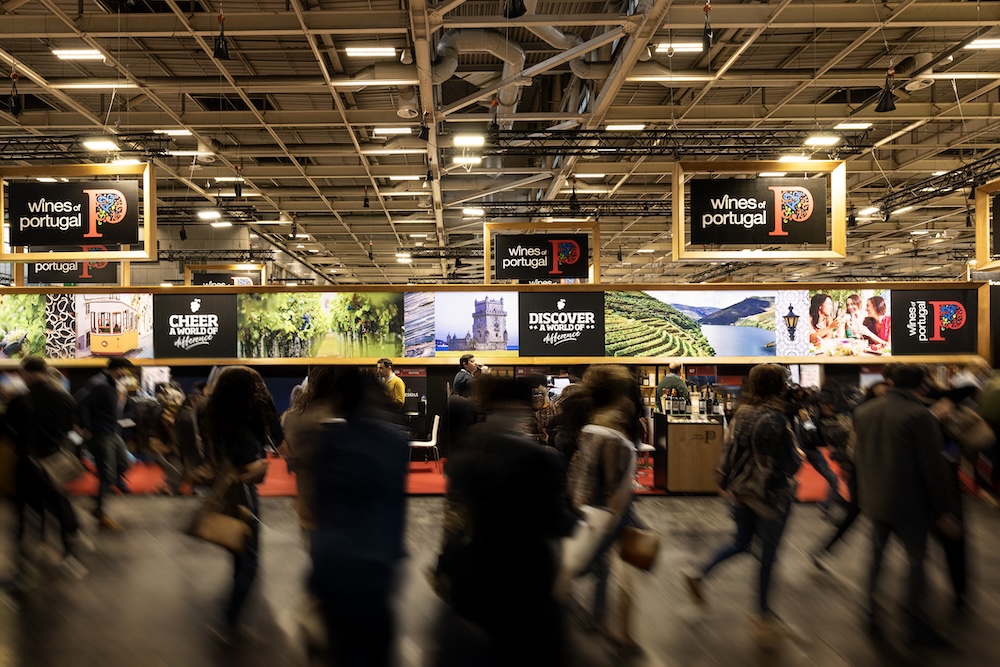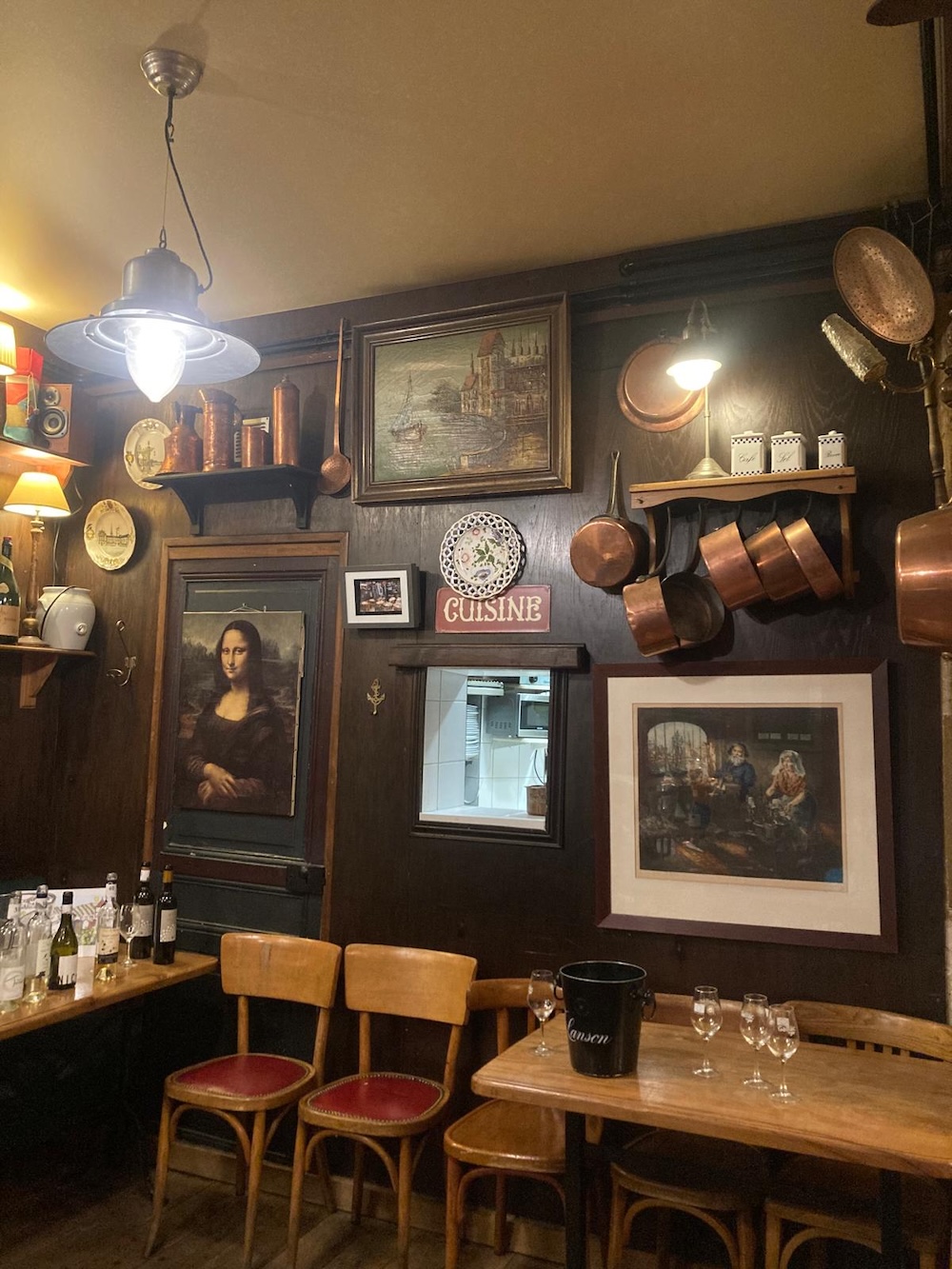
Discovery

Discovery
By Camille Bernard – Photographs: courtesy of the estates, posted on 09 September 2024
You can feel the tension in the Bordeaux wine world in the run-up to the 2025 update of the Crus Bourgeois classification. The five-year review, managed by the Alliance des Crus Bourgeois, raises questions among producers, consumers and market players. The significance of the classification, the benefits it offers and the recent controversies surrounding it are all topics that need to be explored to gain a better understanding of the issues involved in this wine industry tradition.
The Alliance des Crus Bourgeois holds a special place in the Médoc. It accounts for 30% of production, a figure which should speak volumes about the classification’s added value in the eyes of Médoc winegrowers. Despite this, and even though the producers’ organisation seemed to have reached its cruising speed, the classification’s 2025 review is already promising to be a roller coaster with rumours of widespread withdrawals and other controversies calling into question the Crus Bourgeois’ credibility.
Although the situation has similarities with the rift caused by the 2003 classification – where punitive conditions for eligibility led to the declassification of several properties – it in fact seems more akin to 2020. Then, some chateaux were exempted from the tasting phase, undermining fair treatment among applicants and leading to a general outcry. So much so, that with just under a year to go before the next five-year review, many people are questioning the classification’s credibility. “Currently, there are more good Crus Bourgeois wines outside the classification than in, making it unintelligible and not representative for distributors who no longer acknowledge it”, laments François Nony, owner of Château Caronne and Château Labat.

François Nony, owner of Château Caronne and Château Labat
The Crus Bourgeois are a long-standing classification in the Médoc wine region, encompassing the chateaux that were not included in the 1855 Grands Crus Classés classification yet produce superior quality wines. Although the first ‘serious’ Crus Bourgeois classification emerged in 1932, it wasn’t until 1962 that the Alliance des Crus Bourgeois was founded. The producers’ organisation now represents approximately 250 chateaux, divided between 180 Crus Bourgeois, 56 Crus Bourgeois Supérieurs and 14 Crus Bourgeois Exceptionnels.
However, such is the loss of confidence that rumours of widespread withdrawals are gaining steam and tending to be confirmed, even though the Alliance remains positive: “20% of vineyard acreage has not been re-registered, which is nowhere near the erosion we feared”, said Franck Bijon, the chairman of the Alliance des Crus Bourgeois, last February. The latest withdrawal is by Château Lilian-Ladouys, despite the fact that it was promoted to the highest tier in the classification in the 2020 selection, namely Crus Bourgeois Exceptionnel. “The 2020 classification was released during the pandemic and was not able to prove itself”, says Alliance director Jennifer Mathieu by way of justification.
The problem is that, while the Alliance is paying a heavy toll for its previous review, other controversies around the 2025 iteration are now escalating. Intensification of environmental criteria and a mandatory blind tasting of vintages 2017 to 2022 for all chateaux are at the root of the issue. “It makes no sense at all”, said one female winegrower who preferred to remain anonymous. Her winery, which is certified HVE level 3 [Ed: the highest level in the High Environmental Value certification scheme] must drop back to level 2 if it wants to apply for the Crus Bourgeois classification, failing which it would be declassified.
When asked about the issue, Jennifer Mathieu explained: “Since the last classification in 2020, the Alliance has re-established a coherent classification hierarchy with the three levels that are Cru Bourgeois, Cru Bourgeois Supérieur and Cru Bourgeois Exceptionnel. Hence, the chateaux aiming for the Cru Bourgeois classification must be certified HVE level 2 and those applying for the complementary statements must be certified HVE level 3”.
All this comes with a hefty price tag: applications cost €8,000 and an extra €4,000 to apply for a complementary statement. On top of which is a lot of red tape before applicants can hope to secure the ‘golden ticket’. “It’s unwieldy and overly complex”, lamented the same anonymous winegrower.
Jennifer Mathieu is obviously fully aware of the issues and offers words of reassurance: “We are concerned about the issue of cost and it is a point that we are fully focusing on for the 2030 classification. However, I would like to point out that this amount covers all the technical costs involved in monitoring properties over five years, during which we guarantee their compliance with the expected quality”.

All the chateaux are required to submit their vintages from 2017 to 2022 to a blind tasting
Quality is another divisive issue in the Crus Bourgeois space, due to the changes in eligibility criteria to include the environmental considerations mentioned above. Starting in 2030, HVE level 3 certification will be compulsory for all chateaux and the Alliance is considering incorporating additional requirements to respond to increased societal demand for sustainability. As Mathieu stresses: “The Alliance’s purpose is to improve, defend and promote the interests of Crus Bourgeois du Médoc winegrowers”. The Alliance’s vice chair, Armelle Cruse adds: “The classification compels all properties to take stock of their ambitions. For a long time, we have said, “You are not born a Cru Bourgeois, you become one””. With a narrower classification now its focus, the Alliance is advocating for “a quality resource that must now secure greater awareness”.
Some producers have already left the Cru Bourgois ‘family’. A case in point is François Nony, who explains: “Even in these challenging times, our Caronne Ste Gemme is still one of the best-selling wines in its category, despite the fact that it hasn’t been a Cru Bourgeois since 2011. Conversely, Château Labat is a Cru Bourgeois Supérieur until the 2021 vintage included and has in no way benefited from its ranking. For the past 18 months, the economic crisis has meant that sales are the mark of a successful strategy at an individual level and not, unfortunately, membership of a group”.

Château Caronne Ste Gemme has not been a Cru Bourgeois since 2011

The wine by Château Rousseau de Sipian has been classified as a Cru Bourgeois since 2008
If the Alliance is to uphold its credibility and the appeal of its brand, it has to navigate a number of challenges, including stricter eligibility criteria, the controversy surrounding the previous classifications and the negative climate weighing down on the 2025 classification. Whilst some producers are questioning its usefulness, Armelle Cruse – who is not only the Alliance’s vice chair but also the owner of Cru Bourgeois Exceptionnel Château du Taillan – disputes this: “The Alliance offers a guarantee of quality and credibility in the domestic and international marketplace”. Regarding the confirmed withdrawal of a certain number of properties, she seeks to reassure: “There is a sufficient number of us for our group to be meaningful. And in a challenging environment where our wines increasingly need to secure visibility, the Alliance provides valuable distribution support”.
Jennifer Mathieu is fully aware that the future of Crus Bourgeois will depend on the Alliance’s ability to adapt to new requirements but also retain membership. She concludes: “We have ambitious communications plans for 2025”. Watch this space…

The Alliance’s vice chair, Armelle Cruse, also owns Château du Taillan

Discovery

Discovery

Discovery